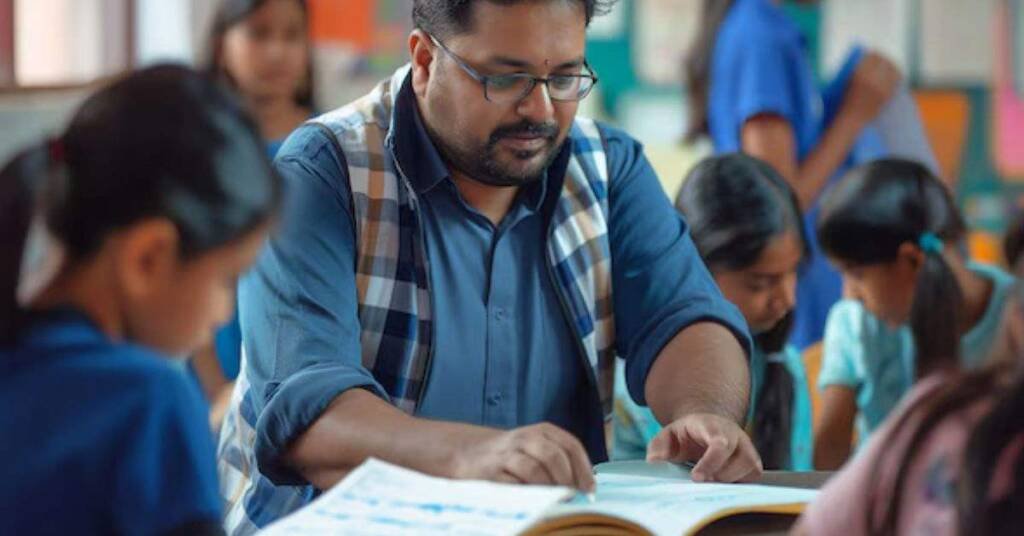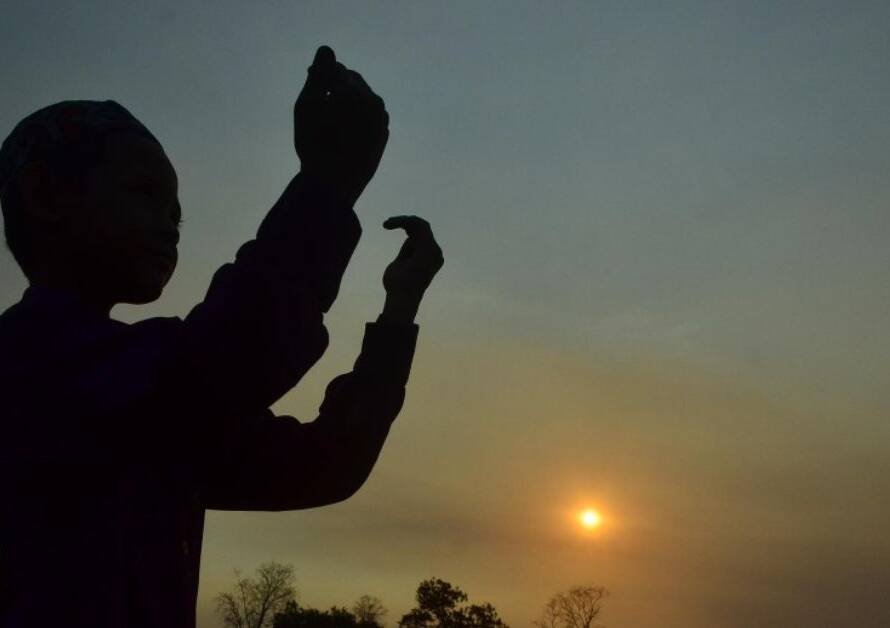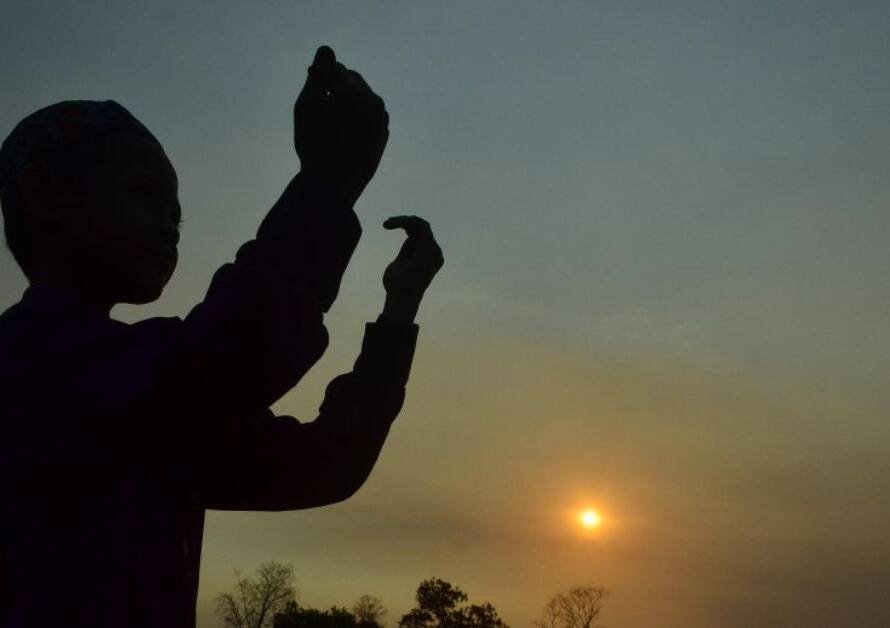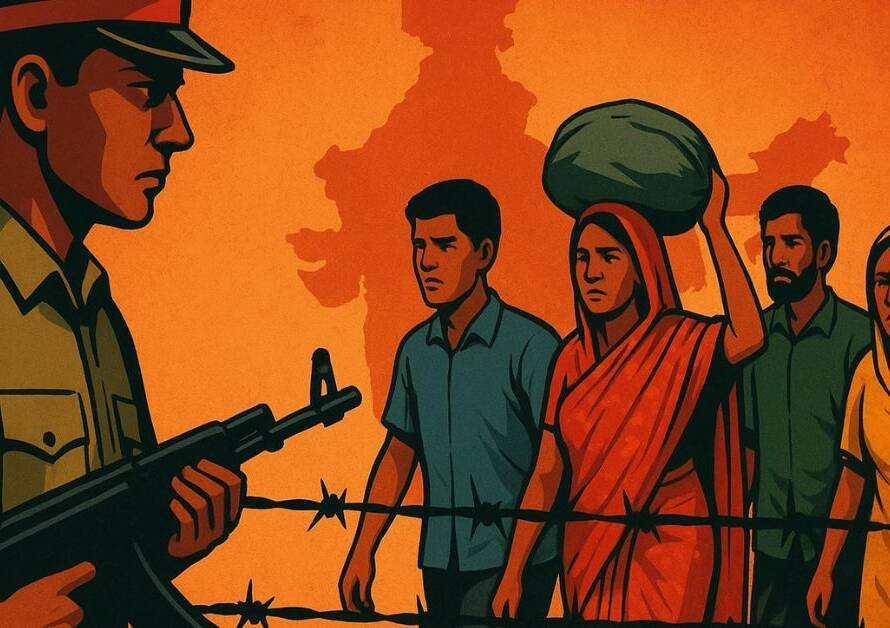India has always been a land of profound learning and wisdom. At the time of British arrival in India, the subcontinent was home to a vibrant, decentralized education system. This system was deeply rooted in community values, traditions, and the necessities of daily life. Understanding the state of education during this period offers valuable lessons about self-reliance, cultural identity, and the importance of adapting to change.
The Traditional Education System: A Snapshot
Decentralized Learning Centers
Education in India thrived in two main forms: Pathshalas for Hindus and Madrasas for Muslims.
These institutions were small and localized, often operating under the shade of trees or in village homes.
The focus was on religious texts, moral values, arithmetic, astrology, and practical skills for livelihood.
Community-Driven Funding
Unlike modern schools funded by centralized governments, these schools were financed by the community. Villagers contributed resources, ensuring that education was accessible to the local population.
Inclusivity with Limits
While these systems catered to a wide range of social groups, they were not entirely inclusive. Access was limited for women and marginalized communities, reflecting societal hierarchies of the time.
Observations by British Officials
The British conducted several surveys and reports to understand this system. Their findings highlighted both the strengths and shortcomings of traditional Indian education.
William Adam’s Reports (1823-1837)
Discovery: Bengal and Bihar were home to thousands of indigenous schools.
Curriculum: Emphasized religious texts and basic literacy in vernacular languages.
Community Effort: Teachers (gurus or maulvis) were often underpaid but respected, reflecting the selfless dedication to education.
Thomas Munro’s Reports (1822)
Observations in Madras Presidency: Found one school for every 1,000 people in villages, indicating widespread access.
Self-Sustaining Model: The education system was not dependent on government funding but thrived on community contributions.
Mountstuart Elphinstone’s Observations
Elphinstone found a thriving network of schools in the Bombay Presidency, focusing on arithmetic, scriptures, and practical subjects.
The Challenges of Traditional Education
Despite its strengths, the traditional system faced significant challenges:
Lack of Standardization: There was no uniform curriculum or teaching methodology.
Gender Inequality: Women had limited access to education.
Caste Bias: The system excluded lower castes and marginalized communities.
Limited Exposure to Science: The focus on religious and philosophical studies left little room for advancements in science and technology.
The British Agenda: Introducing Western Education
While documenting India’s educational systems, the British used these observations to justify the introduction of Western-style education. They believed:
English education would “modernize” India.
It would create a class of Indians who were “Indian in blood and color but English in taste, opinions, morals, and intellect,” as described by Lord Macaulay in his infamous Minute on Education (1835).
This shift led to the decline of indigenous education systems and the imposition of English as the primary medium of instruction. While it opened doors to modern science and technology, it also alienated many Indians from their cultural roots.
Lessons for Today’s Youth
The story of education in pre-colonial India holds crucial lessons for young Indians today:
A. Value of Community and Self-Reliance
The traditional system was deeply rooted in community support. This self-reliance ensured that education was tailored to local needs.
Lesson: Take ownership of your education and support community-driven initiatives to make learning accessible to all.
B. Cultural Identity
India’s education system was intertwined with its cultural and spiritual heritage, fostering a deep sense of identity.
Lesson: While embracing modern advancements, never lose sight of your roots. Learn about your culture, language, and history.
C. Adaptability
The British introduction of Western education highlighted the need to evolve with time.
Lesson: Stay open to new ideas and technologies while preserving the best of your traditions.
D. Inclusivity
Traditional systems excluded many sections of society. Modern education must ensure equality for all.
Lesson: Champion inclusivity and work toward breaking barriers in education, especially for the underprivileged.
Building India’s Educational Future
The youth of India are the torchbearers of tomorrow. By understanding the past and embracing the present, you have the power to shape a brighter future. Here’s how:
Invest in Self-Education: Use online resources, books, and mentors to build skills that align with your passions and goals.
Promote Local Languages and Traditions: While learning English is important, don’t let it overshadow your native languages and heritage.
Be Change-Makers: Advocate for educational reforms that prioritize accessibility, quality, and cultural relevance.
Dream Big, Stay Grounded: Aim for global excellence without losing touch with the values of humility, kindness, and respect.
A Call to Action
The traditional education system of India was a testimony to self-reliance and community spirit. Its decline under colonial rule reminds us of the importance of preserving our identity while embracing change.
As the youth of this nation, you hold the responsibility to build an education system that combines the wisdom of the past with the advancements of the future. Let’s work together to create an India where education is not just a means to employment but a path to empowerment, enlightenment, and self-realization.
Jai Hind! Jai Bharat!
For more blogs please visit www.saveindia108.in and to join our whatsapp group please click https://chat.whatsapp.com/HxGZvlycYPlFvBO17O3eGW







